The supple and harmoniously modeled body, with its full and soft forms, evokes the ancient ideal. The laughing face betrays the mischief and lightness of divine youth. True to his style, Carlès here blends classical inspiration and modern realism, in a work imbued with controlled sensuality and vitality.
Born in Gimont in the Gers region, Antonin Carlès began his artistic training in Marseille, then in Toulouse, before entering the École des Beaux-Arts in Paris, where he was a student of François Jouffroy and Ernest Hiolle. Present at the Salon des artistes français from 1878 to 1914, he established himself as a major figure in the official sculpture of the Third Republic.
Winner of the Grand Prix at the 1889 Universal Exhibition, he was made a Commander of the Legion of Honor in 1913. His works, often monumental, are today visible in numerous museums - "Jeune Bacchus" is kept at the Musée d'Orsay in Paris - and public spaces in France.



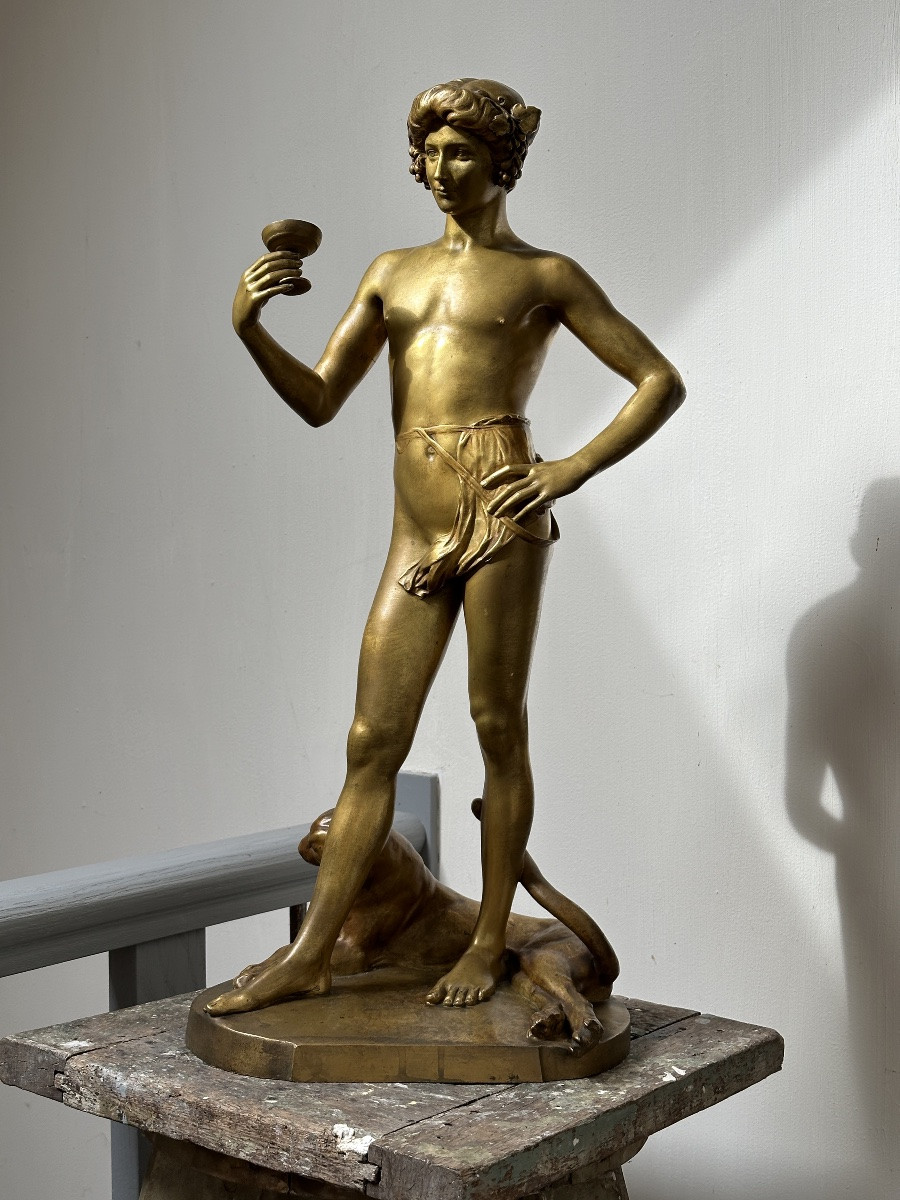
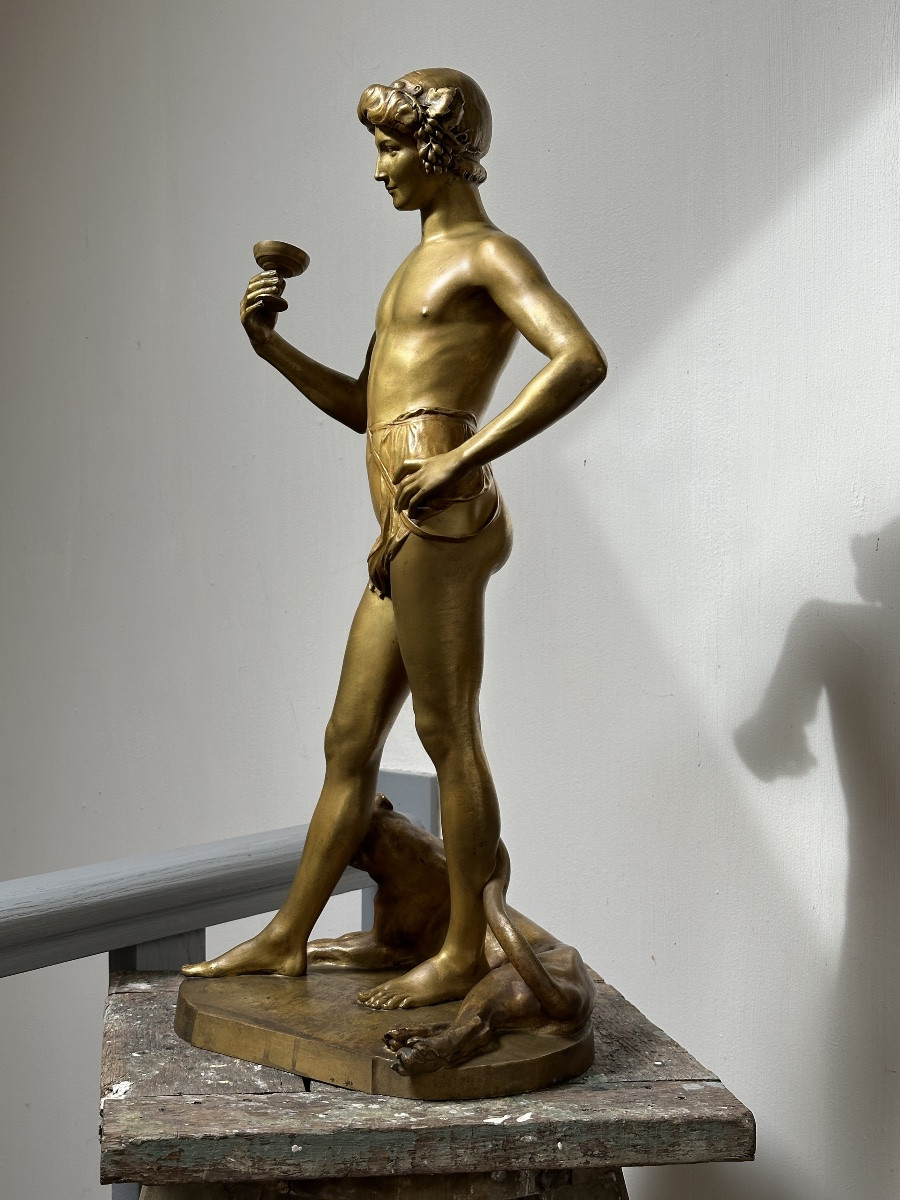



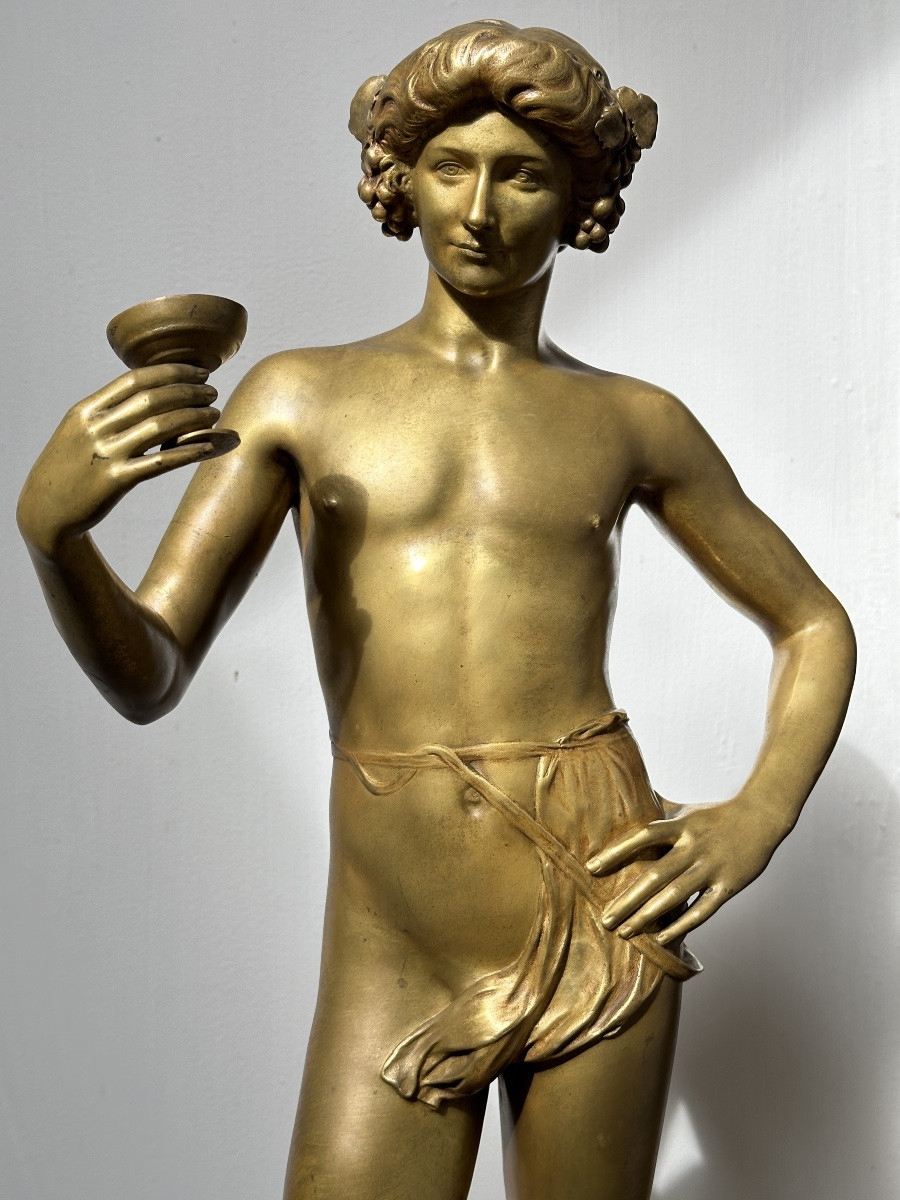
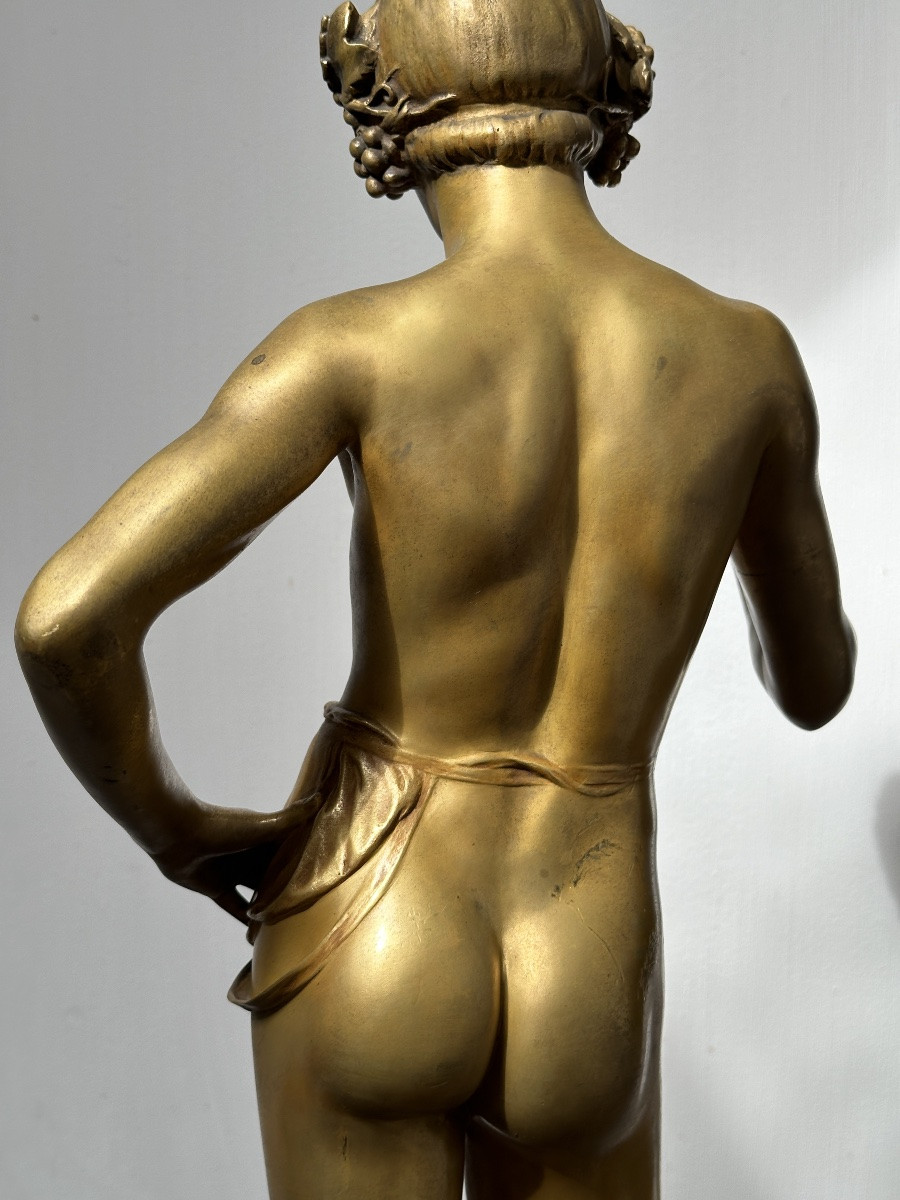
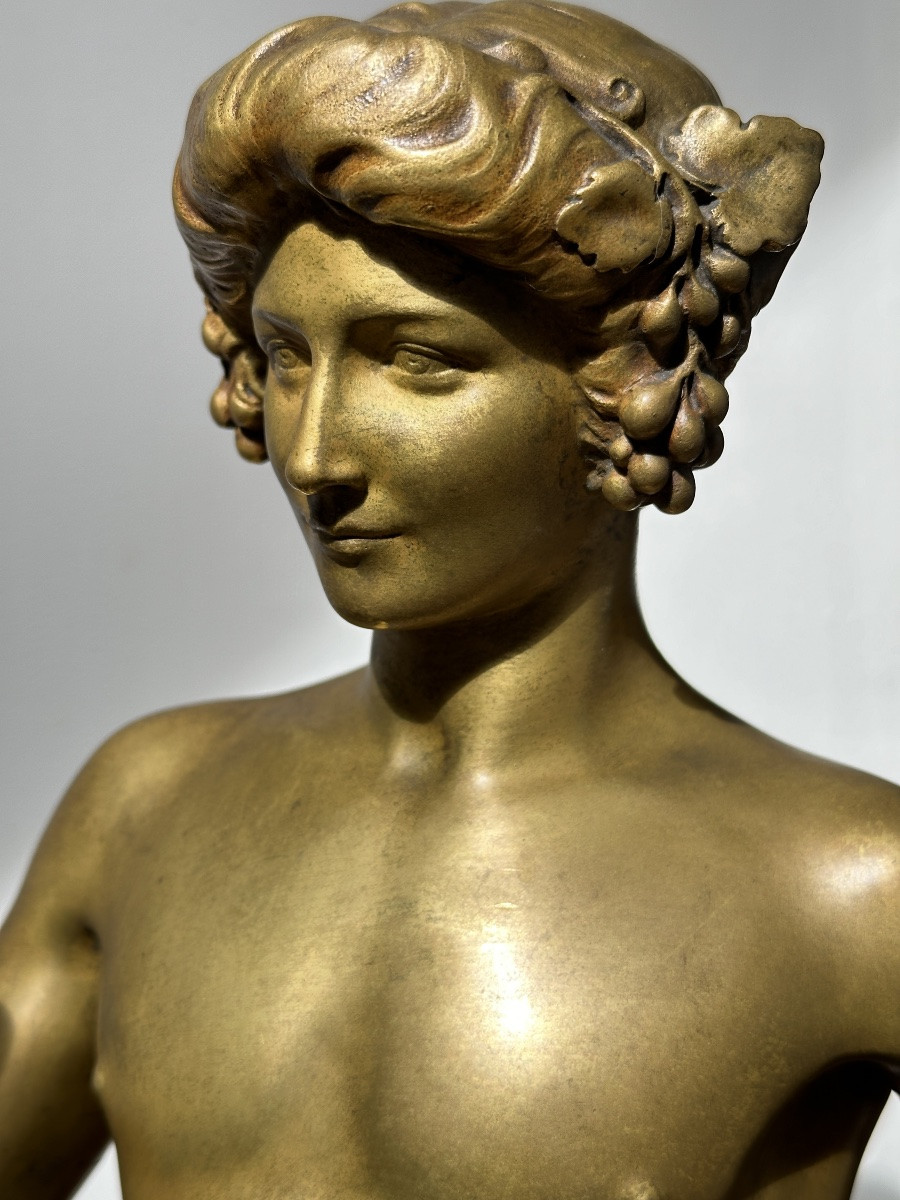
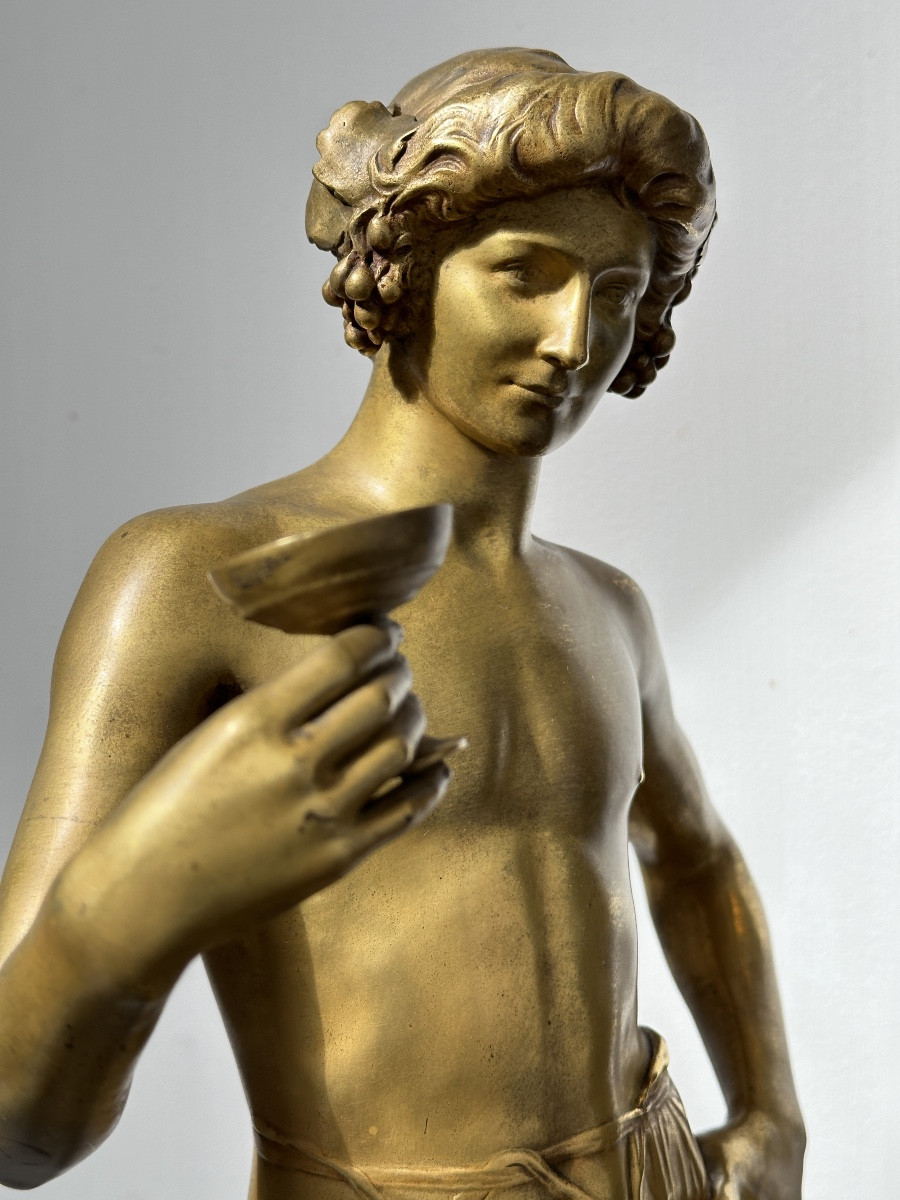













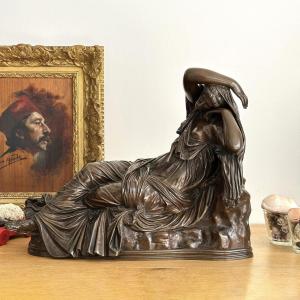

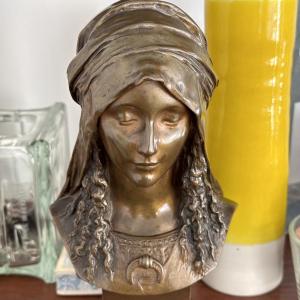
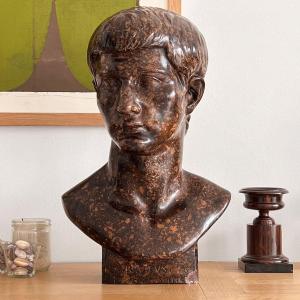





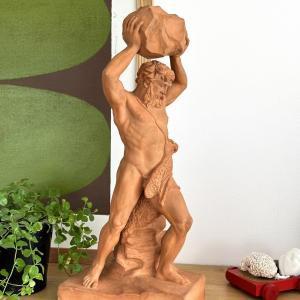

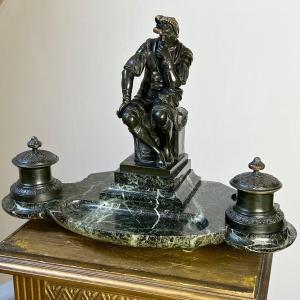

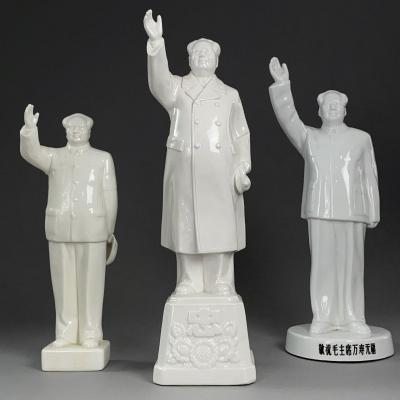


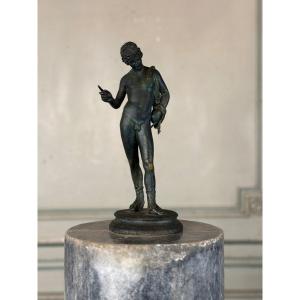






 Le Magazine de PROANTIC
Le Magazine de PROANTIC TRÉSORS Magazine
TRÉSORS Magazine Rivista Artiquariato
Rivista Artiquariato